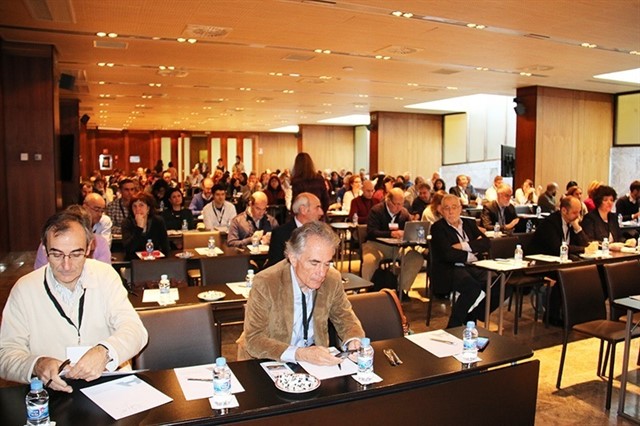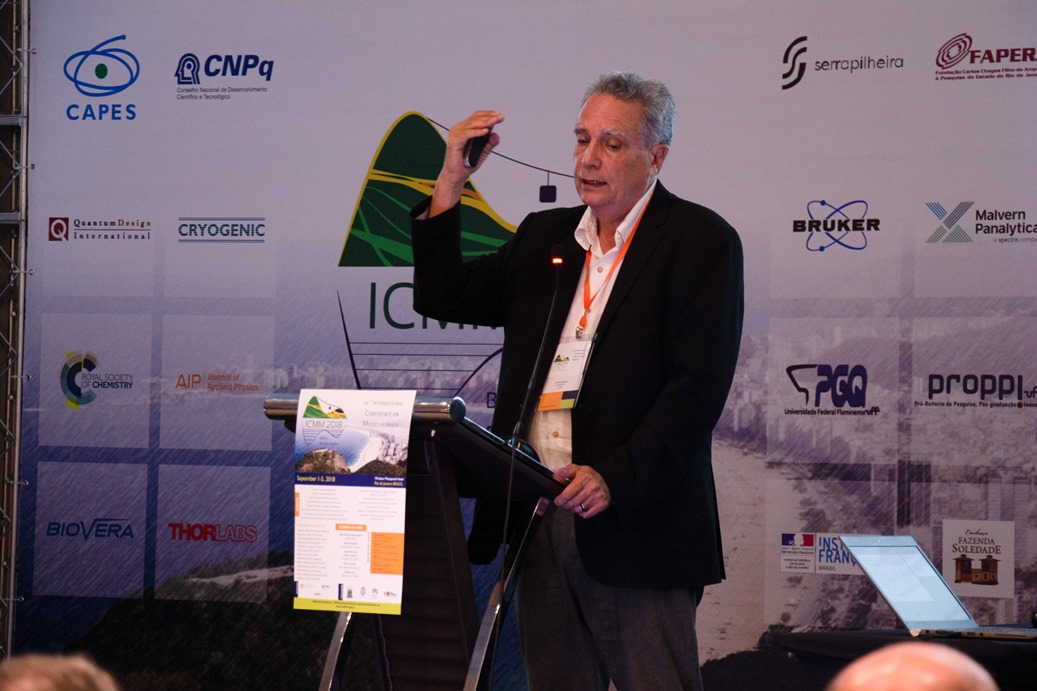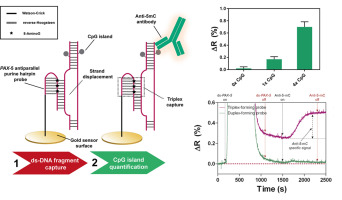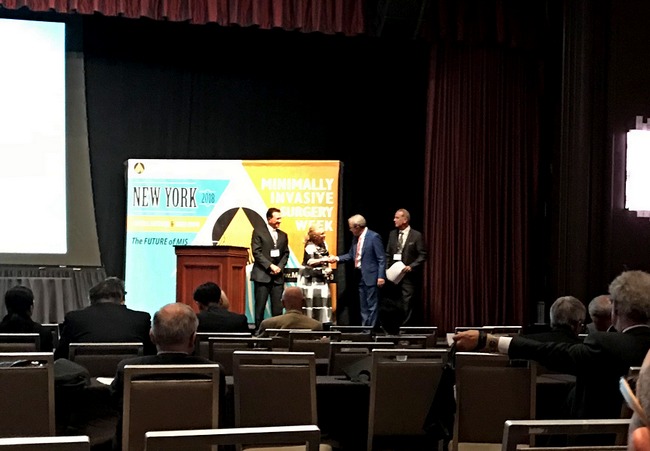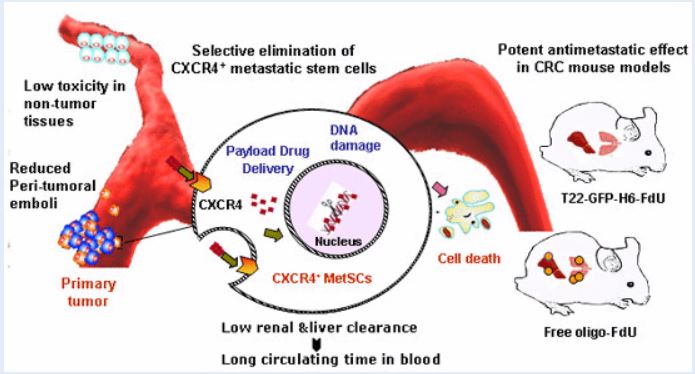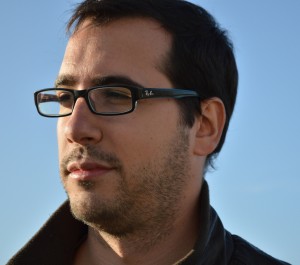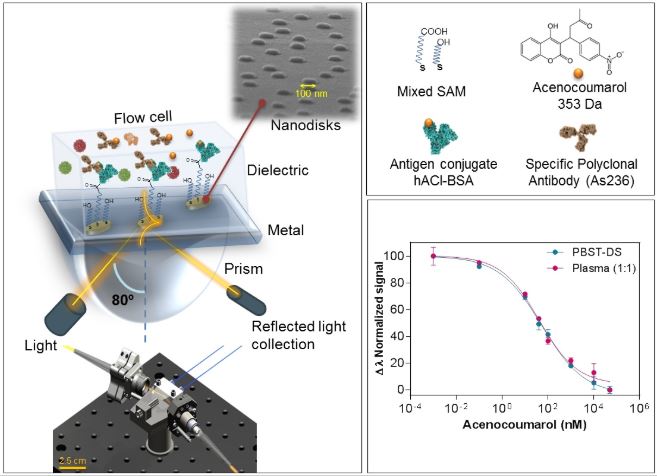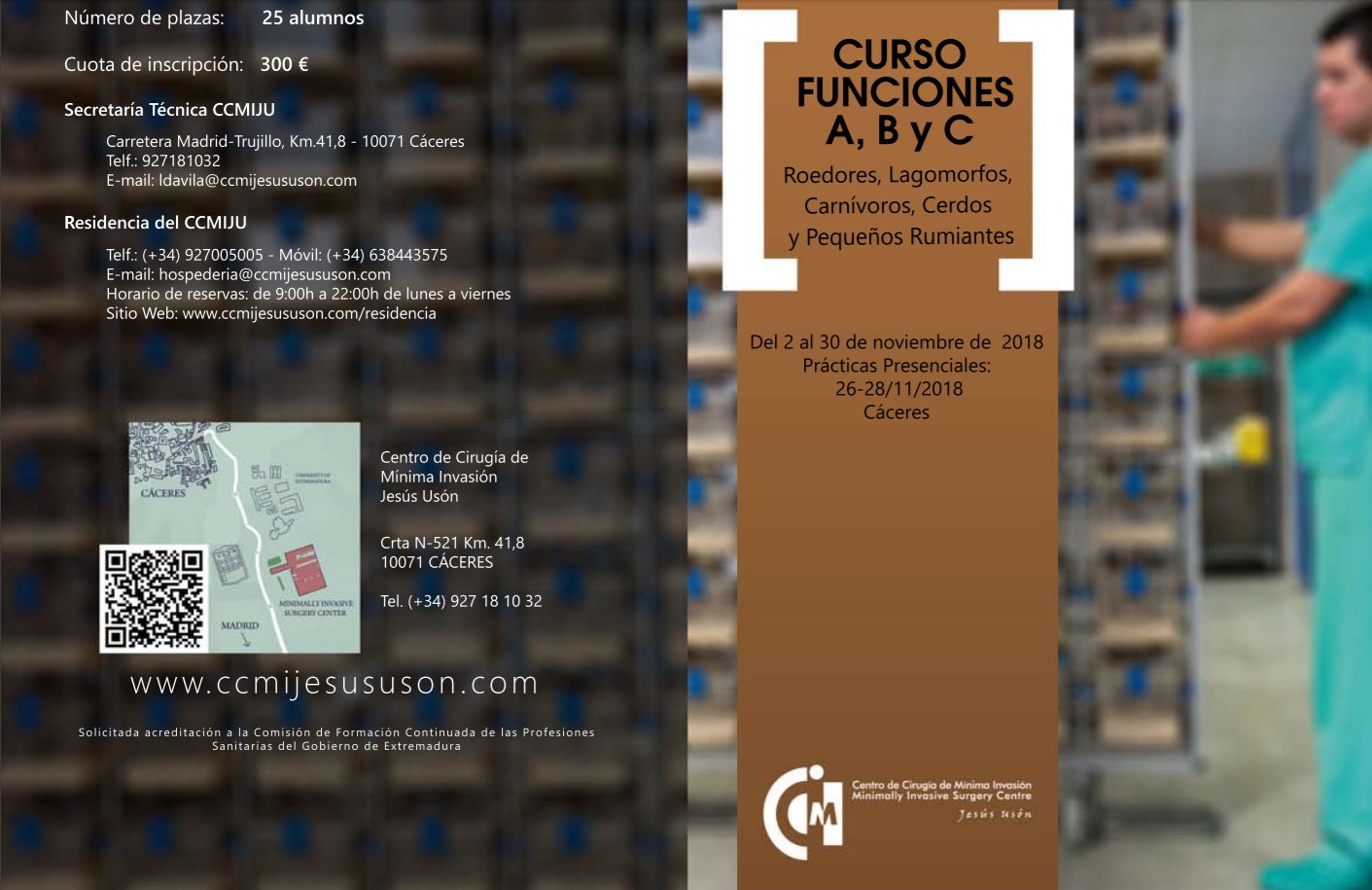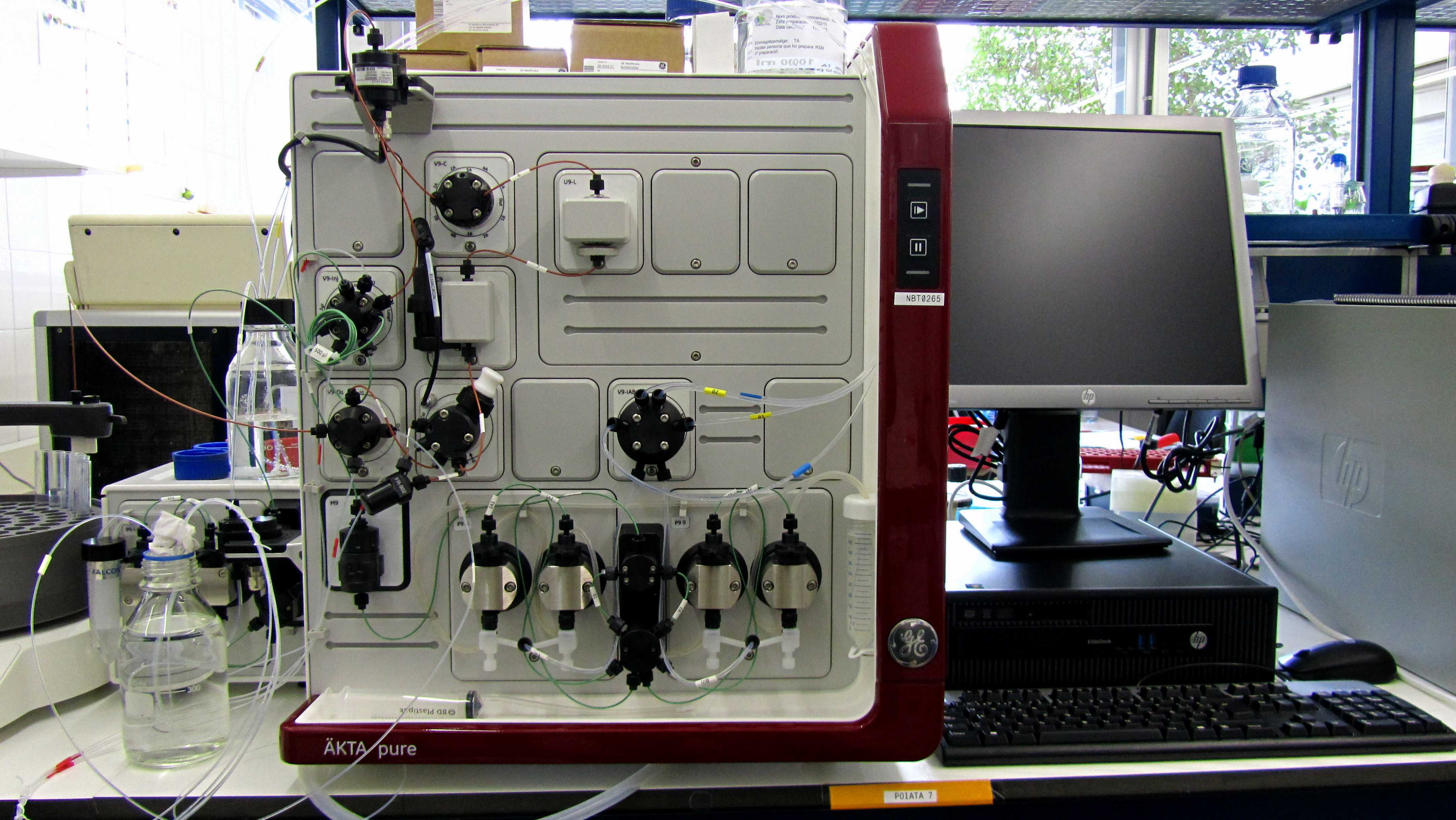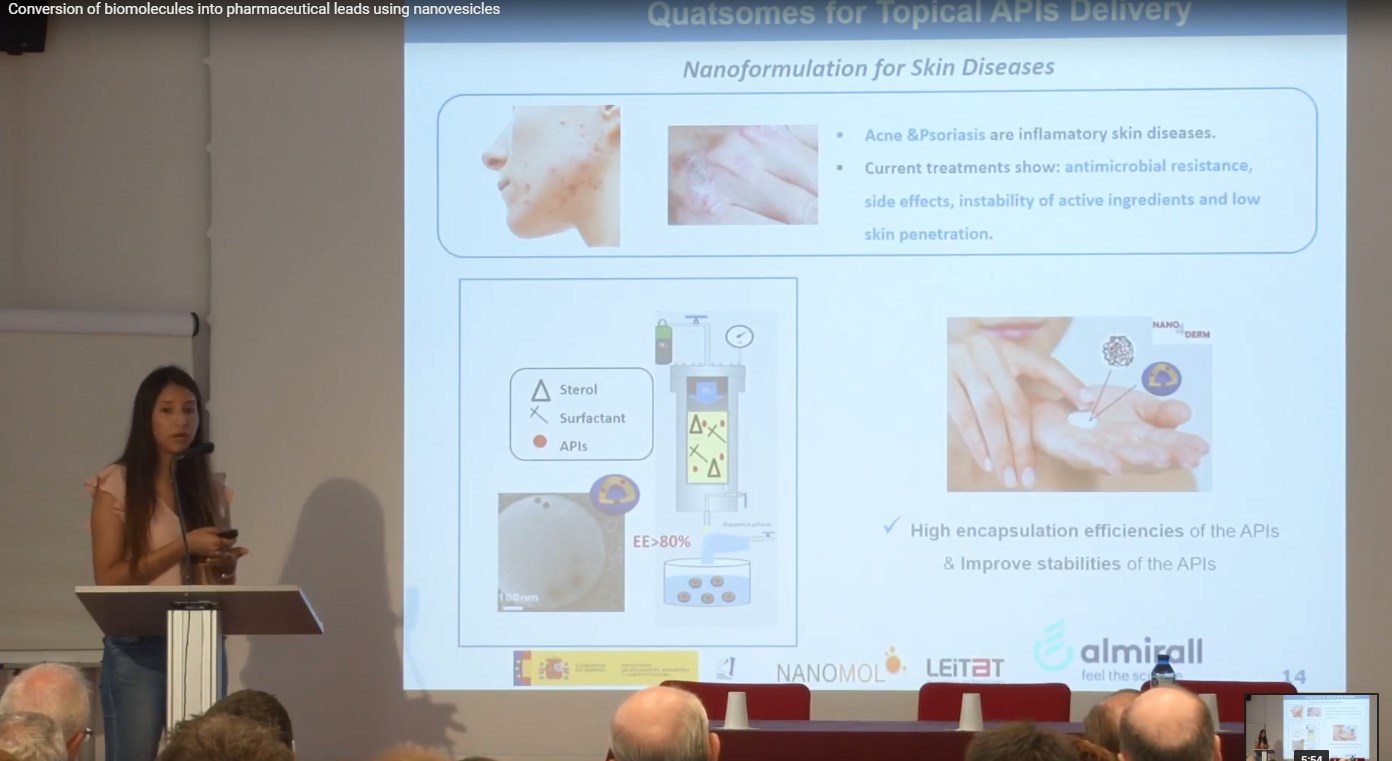CIBER-BBN Annual Conference 2018
CIBER-BBN will celebrate its 12th Annual Conference on November 12 and 13 in Vlladolid. In these conference there will be a session dedicated to NANBIOSIS. Likewise, the annual meeting of the Scientific Technical Advisory Committee of NANBIOSIS will take place.
As in previous occasions, the meeting will serve to know the activity of NANBIOSIS, the Singular Technical Scientific Infrastructure (ICTS) of the CIBER-BBN and the Minimally Invasive Surgery Center Jesus Usón for the production and characterization of biomaterials, nanomaterials and devices up to its preclinical validation. The new Cutting-edge Biomedical Solutions of NANBIOSIS wiil be presented.
